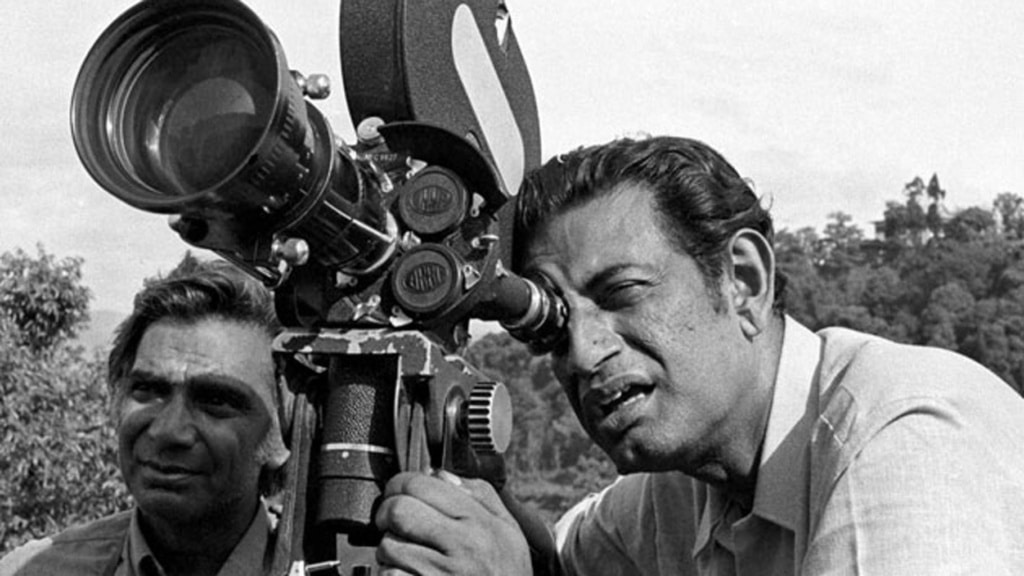Satyajit Ray: A Polymath Mastermind of Cinema
Satyajit Ray (1921-1992) wasn’t just a filmmaker; he was a creative titan who redefined Indian cinema and left an indelible mark on global film history. Born in Calcutta, Ray’s artistic life bloomed amidst a literary family: his father, a renowned writer and illustrator, nurtured his love for storytelling. Though tragedy struck early with his father’s passing, Ray’s mother became a pillar of support, instilling in him a deep appreciation for literature and the arts.
After excelling in science and economics, Ray pursued his artistic calling at Visva-Bharati University, honing his visual storytelling skills under the guidance of Rabindranath Tagore. The 1950s marked Ray’s cinematic dawn, inspired by Italian neorealism and Jean Renoir’s work. His debut feature, “Pather Panchali” (Song of the Road, 1955), captivated audiences with its lyrical beauty and poignant portrayal of rural life. This masterpiece, along with its sequels “Aparajito” (The Unvanquished, 1956) and “Apur Sansar” (The World of Apu, 1959), forming the celebrated “Apu Trilogy,” propelled Ray onto the international stage.
Ray’s filmography wasn’t limited to one genre or style. He traversed social realism (“The Music Room,” 1958), explored complex human relationships (“Charulata,” 1964), and delved into historical narratives (“Shatranj Ke Khilari,” The Chess Players, 1977). His keen observations of modern Indian life and captivating stories resonated with audiences worldwide, earning him accolades like the Bharat Ratna, India’s highest civilian award, and an honorary Academy Award.

But Ray’s genius wasn’t confined to celluloid. He was a polymath of creativity, weaving tales in children’s literature, illustrating books, composing music, and designing typography. He founded the magazine Sandesh, a platform for his literary and artistic ventures, nurturing future generations of talent.
Satyajit Ray’s legacy transcends borders and languages. He challenged stereotypes, showcased the richness of Indian culture, and proved that Indian films could be deeply personal and universally impactful. He paved the way for a new wave of filmmakers, his influence echoed in countless cinephiles and artists. Ray’s story is not just about a filmmaker; it’s a testament to the boundless potential of the human spirit, a reminder that the canvas of creativity stretches far beyond the silver screen.
This abridged version condenses the essence of Satyajit Ray’s life and accomplishments, offering a glimpse into the mind of a remarkable artist who continues to inspire generations.

